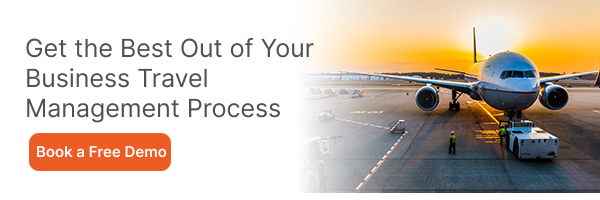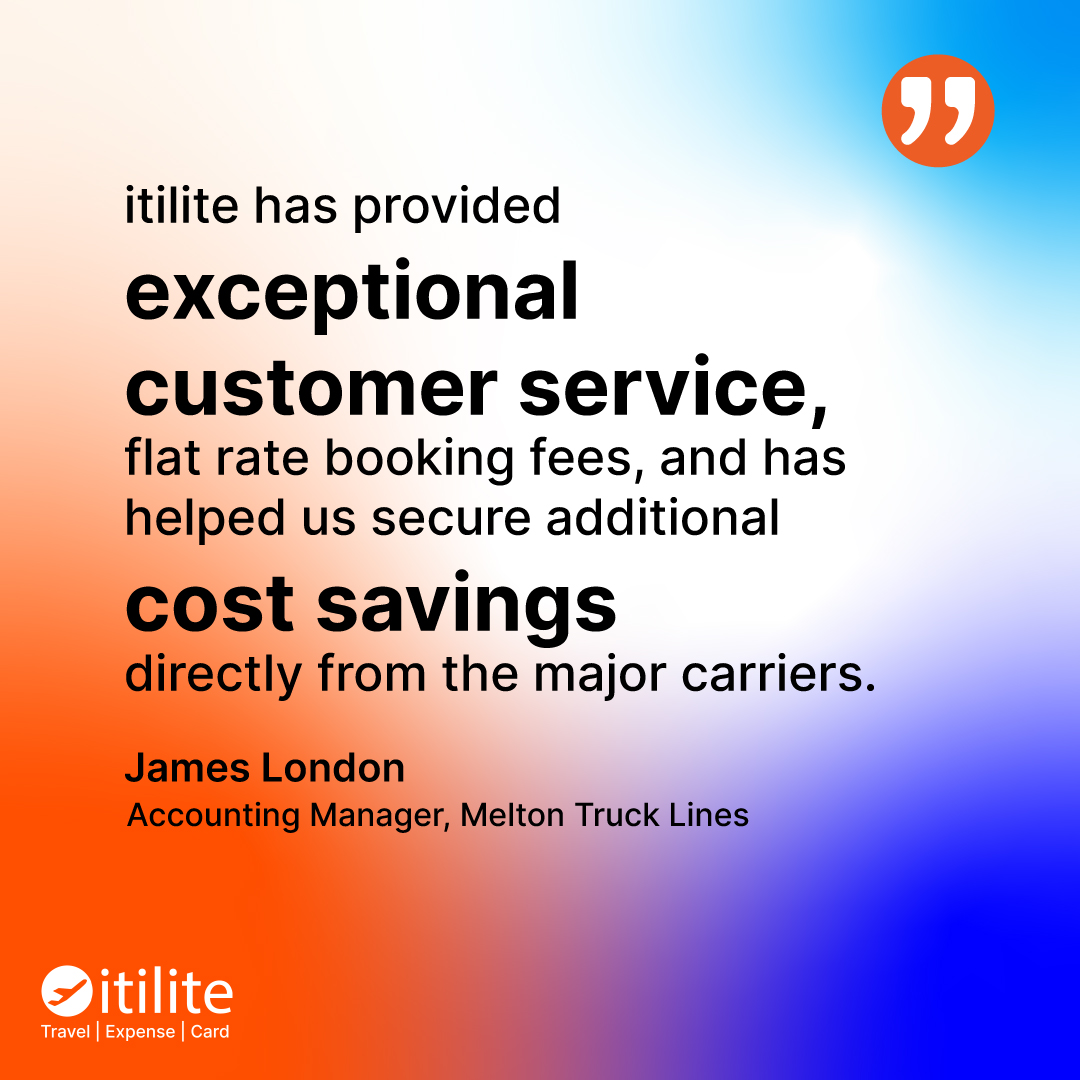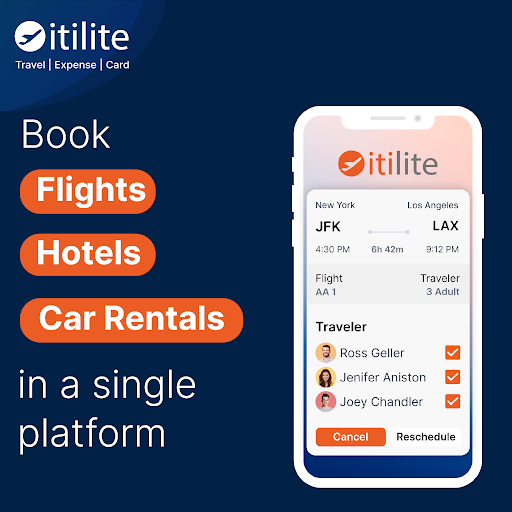
Implementing a travel management platform involves several steps to ensure its successful deployment and adoption within your organization. Here’s a comprehensive guide on how to implement a travel management platform effectively:
1. Assessment and Planning
Define Objectives
Clearly outlining your objectives is the foundation of a successful travel management platform implementation. This step helps you establish the purpose and direction of the project. Consider the following:
- Cost Reduction: If your organization aims to cut travel-related expenses, your platform might focus on optimizing vendor negotiations, enforcing travel policies, and tracking expenses effectively.
- Process Streamlining: If efficiency is a priority, the platform can automate approval workflows, simplify booking processes, and centralize communication to minimize manual effort.
- Improved Data Visibility: To enhance data visibility, concentrate on analytics and reporting capabilities that provide insights into spending patterns, compliance rates, and potential savings.
Stakeholder Involvement
Identifying key stakeholders is crucial for the platform’s success. Involve representatives from various departments to ensure that the platform meets their requirements. Key stakeholders might include:
- Travel Managers: They oversee travel policies, approvals, and vendor relationships.
- Finance Teams: They handle budgeting, expense tracking, and reimbursement processes.
- HR Representatives: They can provide insights into integration with employee databases and travel policies.
Gather Requirements
- Current Program Analysis: Review existing travel processes, policies, and documents to identify areas the platform could improve.
- Conduct Interviews: Interview representatives from each stakeholder group to gather insights into their pain points, challenges, and expectations regarding the platform.
2. Vendor Selection
Research Vendors
Explore different travel management platform providers. You’ll want to consider aspects like the features they provide, how well their platforms can work with your existing systems, the quality of their customer support, their ability to handle growth, and how well their offerings match what your organization requires.
Request Proposals
Request proposals from shortlisted vendors. Compare their offerings, pricing, and contract terms to make an informed decision.
3. Customization and Configuration
Customize Travel Policies
Customizing travel policies within the platform ensures that it aligns with your organization’s specific guidelines and requirements. Here’s how to proceed:
- Spending Limits: Define limits for different expense categories, such as airfare, accommodation, and meals. This prevents excessive spending and promotes compliance with budgetary restrictions.
- Preferred Vendors: Specify a list of preferred vendors for flights, hotels, and other services. This encourages travelers to choose options that offer the best value and potential discounts.
- Approval Workflows: Configure automated approval workflows based on spending thresholds or specific criteria. Ensure that the appropriate individuals or departments review and approve travel requests.
Integration
Integrate the platform with existing systems, such as financial software, HR databases, and CRM systems. Ensure smooth data exchange between platforms. Integration enhances data accuracy, reduces manual work, and provides a holistic view of operations.
User Roles and Permissions
Define different user roles based on their responsibilities. Common roles include travel manager, traveler, and administrator. Determine what actions each role can perform within the platform. For instance, travel managers might have the authority to approve expenses, while travelers can submit expense reports.
4. Data Migration
Data Preparation
Cleanse and format existing travel-related data for migration into the new platform. Ensure accuracy to avoid inconsistencies.
Data Mapping
Map data fields from the existing systems to corresponding fields in the new platform. This ensures data consistency and proper functionality.
Testing
Conduct data migration tests to identify and resolve any issues before the final migration.
5. Training
User Training
Comprehensive user training is essential to ensure that all users can effectively use the new travel management platform. Here’s how to approach user training:
- Customized Training: Tailor training sessions to the needs of different user groups, such as travel managers, administrators, and travelers. Address their specific roles and responsibilities within the platform.
- Platform Navigation: Familiarize users with the platform’s layout, menus, and navigation paths. Ensure they know how to access different features and sections.
Support Resources
Offering support resources enhances user confidence and minimizes disruptions. Here’s how to provide effective support:
- User Guides: Create detailed guides that cover various platform functionalities, from basic tasks to advanced features. These guides serve as references for users to consult as needed.
- FAQs: Compile a list of frequently asked questions and their answers. This resource can help users quickly find solutions to common queries without needing to contact support.
- Support Center: Establish a support center or helpdesk where users can reach out for assistance. Offer multiple channels, such as email, chat, or phone, for users to access support.
6. Pilot Testing
Select Pilot Users
Choose a small group of users to participate in a pilot test. This helps identify any glitches, user experience issues, or gaps in the platform’s functionality.
Feedback Collection
Gather feedback from pilot users about their experience, challenges, and suggestions for improvement.
7. Launch and Rollout
Communicate
Inform all users about the upcoming launch of the travel management platform. Highlight its benefits, features, and how it aligns with the organization’s goals.
Deployment
Deploy the platform to all users in phases or all at once, depending on your organization’s size and complexity.
8. Post-Implementation
Monitor and Support
Keep a close eye on the platform’s performance, user adoption rates, and any issues that arise. Provide ongoing technical support and address user inquiries promptly.
Gather Feedback
Continuously collect feedback from users to identify areas for improvement. Use this feedback to make necessary adjustments and enhancements.
Data Analysis
Regularly review travel data and analytics generated by the platform to identify trends, cost-saving opportunities, and areas of concern.
ITILITE Provides a Seamless Transition to an Advanced Travel Management Platform
ITILITE is a powerful travel management software solution that presents an opportunity for you to enhance the efficiency of your travel program. With ITILITE, you have the means to simplify and optimize your travel bookings, ensuring that they align with your established policies. Moreover, our solution offers you a holistic perspective of your entire travel program.
What sets us apart is our commitment to go above and beyond to provide you with any support you need with our software. Our dedicated team ensures that the deployment process is seamless for you. You can alo expect a user-friendly platform to ensure a 100% adoption rate.
To know more about the benefits, book a demo today.


















